Are you ready to transform your space into a haven of timeless elegance and comfort? Modern rustic decor offers a unique blend of old-world charm and contemporary sophistication, allowing you to create a sanctuary that feels both cozy and stylish. Whether you’re redesigning your living room, bedroom, or even planning a rustic wedding, modern rustic decor provides endless possibilities to infuse your home with character and personality. In this guide, we’ll explore the essence of modern rustic style, its distinct characteristics, and how to seamlessly integrate it into various aspects of your life. From selecting the perfect color palettes to mastering the art of blending modern and rustic elements, this article is designed to inspire and equip you with actionable tips to achieve a modern rustic decor that truly reflects your unique taste. Let’s dive in and discover how you can bring the beauty of modern rustic design into your everyday life!
Key Takeaways
– The 3-5-7 Rule in Interior Design: Create balanced and visually appealing spaces by using groups of three, five, or seven elements, perfect for arranging decor, furniture, or artwork.
– The 60/40 Rule in Decorating: Achieve a harmonious look by allocating 60% of your space to furniture and decor, ensuring a grounded and inviting atmosphere with 40% open space for movement and visual appeal.
– Electrical Safety with the 357 Rule: Ensure safe and compliant electrical installations by checking wires, inspecting connections, and testing systems, crucial for professional and reliable setups.
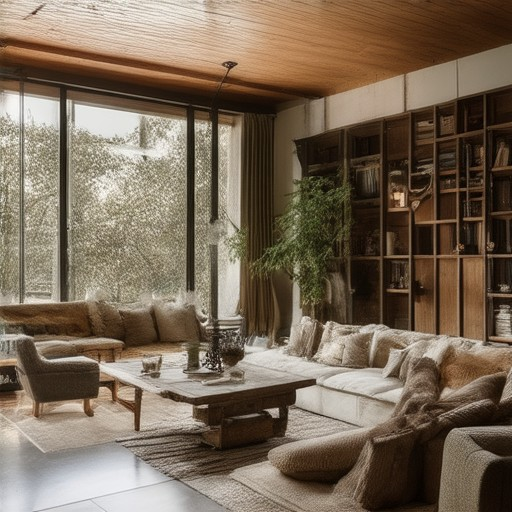
What is a Modern Rustic Style?
Modern rustic style is a design aesthetic that combines the warmth and charm of traditional rural living with contemporary simplicity and functionality. It emphasizes natural materials, minimalist design, and a connection to nature, creating a space that feels both cozy and sophisticated.
Key Elements of Modern Rustic Style
- Natural Materials: Wood, stone, and metal are central to this style, offering texture and a connection to the earth. These elements are often left in their raw, untreated state to maintain their authenticity.
- Clean Lines: Minimalist design is a hallmark, with streamlined furniture and uncluttered spaces that balance the organic feel of rustic elements.
- Traditional and Modern Fusion: Modern rustic style blends old-world charm with contemporary comfort. Vintage finds are paired with sleek, functional pieces to create a unique mix.
- Cozy Atmosphere: The style prioritizes comfort over perfection, with rough-hewn surfaces, soft textiles, and warm lighting contributing to a welcoming vibe.
- Earthy Color Palette: Neutral tones like beige, brown, and gray are common, with occasional pops of color from natural elements like greenery or floral accents.
How to Incorporate Modern Rustic Style
- Walls: Paint in muted tones or natural hues, and consider adding wallpaper with patterns inspired by nature.
- Floors: Stone, wood, or tiled floors can ground the space, while rugs made from natural fibers add warmth and texture.
- Furniture: Opt for pieces with weathered finishes, distressed details, or industrial-inspired designs. Comfort is key, so choose seating that invites relaxation.
- Lighting: Lanterns, Edison bulbs, or pendant lights with woven shades can add a rustic touch while maintaining a modern aesthetic.
- Decor: Incorporate natural elements like vases, baskets, or plants, along with vintage accessories like antique jewelry or old books.
Creating a Modern Rustic Space
Modern rustic style is versatile and can be applied to any room in the home. Whether it’s a kitchen, living area, or bedroom, the focus is on creating a space that feels authentic and inviting. By balancing natural elements with clean, modern lines, you can achieve a look that feels uniquely yours.
Understanding Modern Rustic vs. Modern Farmhouse Styles
Modern rustic and modern farmhouse styles are distinct yet share common elements, offering unique aesthetic and functional approaches. Here’s a breakdown of their differences:
- Color Palette: – Modern Rustic: Earthy tones, muted hues, and natural colors dominate. The look is warmer and grounded, often inspired by the great outdoors. – Modern Farmhouse: Neutral tones with soft, muted accents. The palette is more subdued and focused on creating a serene environment.
- Furniture Style: – Modern Rustic: Primitive, handcrafted pieces with weathered finishes. Furniture often has a rough, organic feel. – Modern Farmhouse: Clean-lined, simple, and functional. Pieces are often streamlined with a focus on practicality and comfort.
- Materials Used: – Modern Rustic: Natural materials like wood, stone, and metal are prominent. Textures are rough and unfinished. – Modern Farmhouse: Smooth, polished materials with a focus on texture for comfort. Subtle natural elements are integrated seamlessly.
- Lighting: – Modern Rustic: Warm, ambient lighting that highlights natural elements. Fixtures may have a primitive or industrial feel. – Modern Farmhouse: Layered lighting with a mix of task and ambient lights. Fixtures are often understated and functional.
- Functionality: – Modern Rustic: Emphasizes a free-spirited, adventurous lifestyle. Spaces feel lived-in and personal. – Modern Farmhouse: Tailored for practicality and comfort. Spaces are designed for daily life with a focus on usability.
Both styles share a love for natural elements but cater to different lifestyles. Modern rustic appeals to those seeking a bold, adventurous aesthetic, while modern farmhouse attracts those looking for simplicity and refinement.
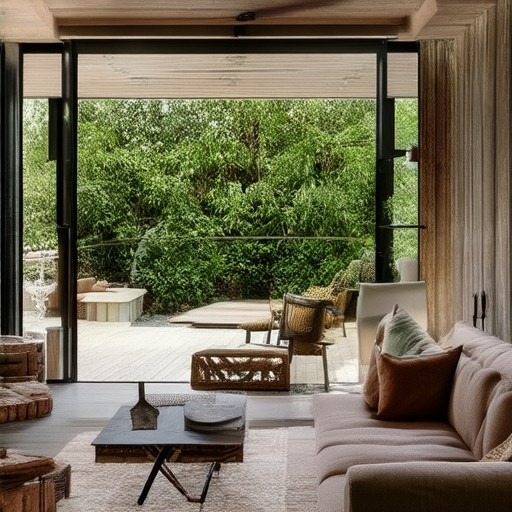
Modern Rustic Color Palette
Rustic modern interiors often incorporate a mix of earthy tones and muted colors to create a warm, inviting atmosphere. Here’s a breakdown of the most popular colors:
- Natural Greens and Blues : These colors evoke a connection to nature and provide a classic foundation for a rustic look. Pairing them with clean whites adds a modern twist.
- Muted Tones : Soft grays and muted yellows add sophistication while maintaining warmth. These colors work well with richer hues to create a balanced aesthetic.
- Deep Navy or Charcoal Gray : These darker shades add elegance and contrast, complementing lighter neutrals like beige or cream for a modern take on tradition.
- Earthy Greens and Olive Tones : These colors bring a natural vibe, perfect for tying the room together with weathered wood accents.
For a cohesive look, consider layering softer tones like sage green with warm neutrals like taupe. Introduce pops of color with statement pieces for personality without overwhelming the space.
Explore more ideas and color combinations by visiting our Home Ideas Finder for inspiration and tips to transform your space.
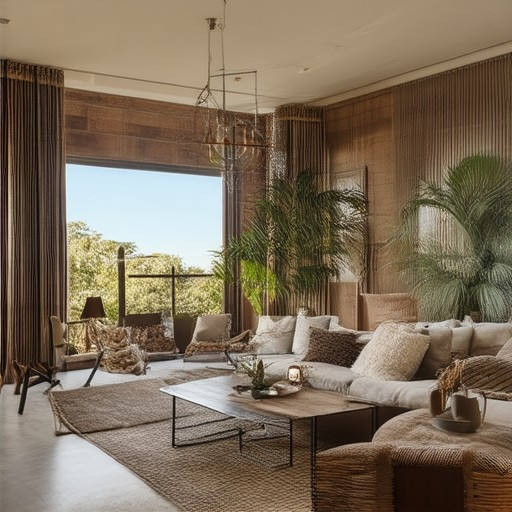
The 3-5-7 Rule in Interior Design
The 3-5-7 rule is a simple yet effective guideline for creating balanced and visually appealing interior designs. This rule suggests using groups of three, five, or seven objects or elements in a space to enhance visual interest and harmony.
Why the 3-5-7 Rule Works
Odd numbers are generally more engaging to the human eye compared to even numbers. A grouping of three, five, or seven creates a sense of completeness and symmetry, which can make a space feel more organized and attractive. This rule is particularly useful when arranging decor, furniture, or artwork in a room.
How to Apply the 3-5-7 Rule
- Groupings of Three: Use this for smaller spaces or when creating a focused focal point. For example, arrange three decorative items on a shelf or three paintings on a wall.
- Groupings of Five: Ideal for medium-sized spaces. Use five items arranged symmetrically, such as five candles on a mantel or five photographs in a gallery wall.
- Groupings of Seven: Best suited for larger spaces. Use seven items arranged in a circular or linear pattern, such as seven plants in a garden room or seven books on a shelf.
Considerations
While the 3-5-7 rule is a helpful guideline, it’s important to tailor it to your space and personal style. Sometimes, breaking the rule slightly can create a unique and captivating look. Experiment with different group sizes to see what works best for your interior design.
By incorporating the 3-5-7 rule into your decorating plan, you can achieve a more balanced and visually pleasing environment that feels both intentional and inviting. Whether you’re working with small spaces or large ones, this rule offers a flexible framework for creating stunning interiors.
Learn more about interior design tips and inspiration
The 60/40 Rule in Decorating
The 60/40 rule in decorating refers to achieving a balanced room layout by ensuring that approximately 60% of the room is occupied by furniture and decor, while 40% remains as open, empty space. This proportion creates a harmonious and visually appealing environment.
- The 60/40 ratio ensures that a room doesn’t feel overcrowded or too sparse. By allocating more space to furniture, it grounds the room, while leaving enough open area to allow for comfortable movement and visual breathing room.
- This rule is particularly useful for determining where to place furniture in relation to walls, windows, and doors. It helps create a sense of balance and symmetry in the space.
- When applied to seating arrangements, the 60/40 rule suggests that 60% of the seating should face towards the center of the room, fostering a welcoming and cohesive atmosphere.
- Incorporating this principle into your decor can help enhance the functionality and aesthetic appeal of your living spaces, whether it’s a cozy bedroom, a spacious kitchen, or a grand dining room.
For example, in a living room, you might allocate 60% of the space to seating and decor, such as a sofa, coffee table, bookshelves, and lamps, while leaving 40% as open space for walking around or adding decorative elements like rugs and plants.
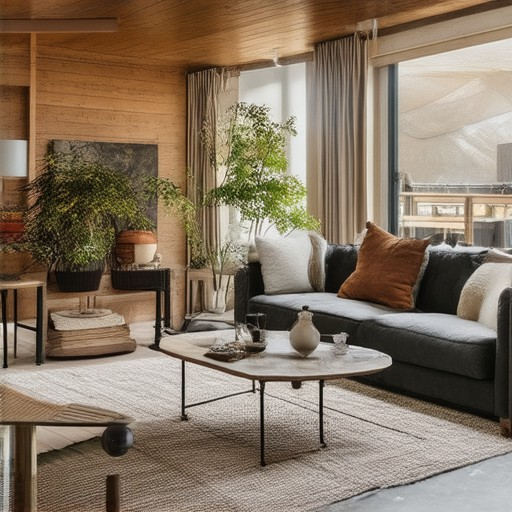
What is the 357 Rule?
The 357 rule is a set of guidelines used in electrical installations to ensure safety, efficiency, and compliance with standards. Here’s a breakdown of the rule:
- Check Wires : Examine each wire thoroughly to ensure they are correctly sized, labeled, and free from damage or wear.
- Inspect Connections : Verify that all connections are secure, properly insulated, and free from corrosion. This includes splices, terminals, and connectors.
- Test Systems : Perform functional tests to confirm that circuits are functioning as intended and that there are no loose connections or damaged components.
This rule is designed to minimize the risk of electrical hazards and ensure that installations meet established safety standards. By following these steps systematically, professionals can maintain high standards of quality and safety in electrical work.

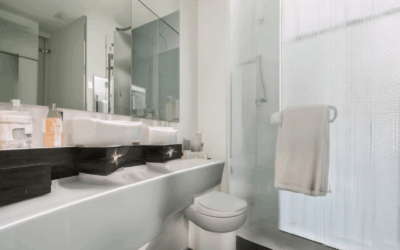
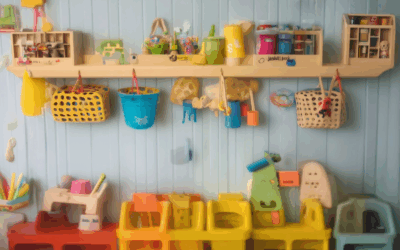
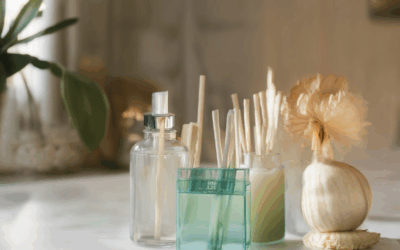
0 Comments